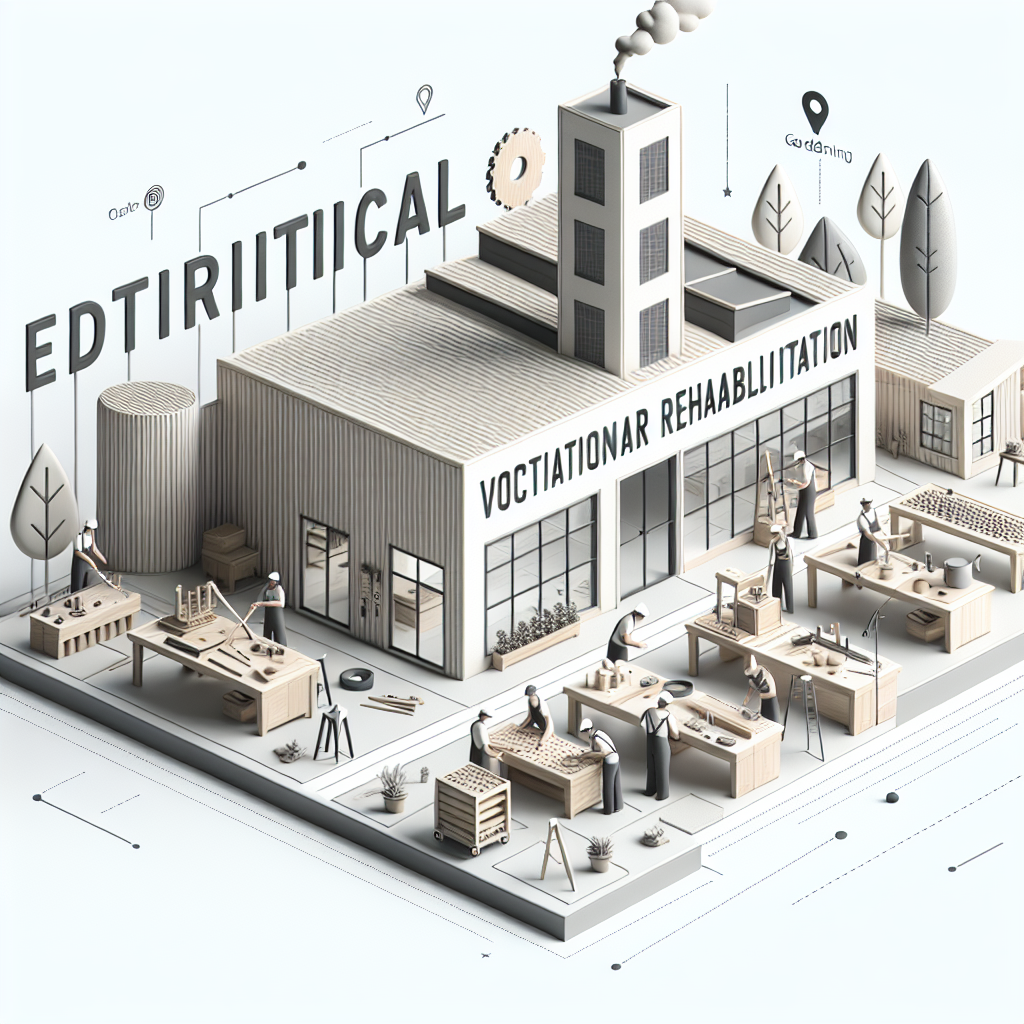Vocational rehabilitation centres play a vital role for people who are returning to work after illness, injury, or who need new skills to secure employment. This article breaks down what these centres do, who benefits from their services, and how to navigate the options available. Whether you are a client, a family member, or an employer exploring supports, the goal is clear: improve independence, employability, and quality of life.
Understanding vocational rehabilitation centres and their purpose
At their core, vocational rehabilitation centres offer assessment, training, therapy, and workplace supports designed to help individuals with health conditions, disabilities, or other barriers to employment. Services are tailored around restoring function, adapting tasks or environments, and building the specific skills employers look for. Centres often coordinate with medical professionals, employers, and benefits administrators to create realistic return-to-work plans.
Who typically uses these services?
Clients include:
- People recovering from injury or surgery who need graded return-to-work programs;
- Individuals with long-term health conditions seeking career adaptations or retraining;
- Workers aiming to re-enter the workforce after prolonged absence;
- Employers seeking workplace assessments and accommodations to retain experienced staff.
Common services offered
Vocational rehabilitation centres vary, but most provide a combination of assessment, therapy, education, and employment-focused supports:
- Comprehensive assessments of physical, cognitive, and vocational abilities;
- Occupational therapy and physical therapy to address functional limitations;
- Skills training, job coaching, and simulated work tasks;
- Ergonomic and workplace assessments with recommended accommodations;
- Career counseling and job placement assistance.
How a centre develops a return-to-work plan
The process is collaborative and typically begins with an intake assessment to identify strengths, limitations, and vocational goals. From there, a multidisciplinary team—often including occupational therapists, vocational counselors, and sometimes mental health practitioners—creates a stepwise plan. Plans may include short-term therapeutic goals, workplace modifications, gradual hours, or retraining for a new role. Progress is monitored and adjustments made to balance recovery with realistic employment outcomes.
For readers interested in broader perspectives on transformative thinking and scientific paradigms, see this article exploring the groundbreaking theories of Nassim Haramein and Max Planck bridging the universe’s mysteries as an example of how interdisciplinary ideas can reshape professional approaches and innovation.
Benefits for individuals and employers
Well-run vocational rehabilitation delivers benefits on multiple levels:
- Faster, safer return to meaningful employment for individuals;
- Reduced long-term disability costs and improved retention for employers;
- Enhanced workplace productivity through appropriate accommodations;
- Improved mental health and sense of purpose for participants.
Funding and eligibility — what to expect
Eligibility and funding sources vary by country and program. Some clients are covered through public vocational rehabilitation programs, workers’ compensation, private insurance, or employer-sponsored initiatives. It’s important to ask each centre about assessment fees, available subsidies, and whether they coordinate directly with benefits or insurers.
Choosing the right centre
When evaluating options, consider the following criteria:
- Credentials and experience of the multidisciplinary team;
- Evidence of successful job placements or measurable outcomes;
- Clear communication about costs, timelines, and expected milestones;
- Integration with medical care and employer communication.
For authoritative information on rehabilitation services and global standards, see the World Health Organization’s rehabilitation fact sheet: WHO fact sheet on rehabilitation.
Quick checklist
- Confirm the centre’s assessments and professional team composition.
- Ask about individualized plans, measurable goals, and timelines.
- Clarify funding routes and how progress reports are handled.
- Seek testimonials or outcome data when possible.
FAQ
Q: How long does vocational rehabilitation typically take?
A: Duration varies widely—anywhere from a few weeks for short-term interventions to several months for retraining or complex return-to-work plans. The timeline is based on medical recovery, goals, and workplace needs.
Q: Will my employer be involved in the plan?
A: Often, yes. Involving the employer helps design realistic accommodations and graduated duties. Participation levels depend on privacy rules and the client’s consent.
Q: Can vocational rehabilitation help me change careers?
A: Absolutely. Many centres offer career counseling and retraining pathways for those whose previous roles are no longer suitable because of health changes.



